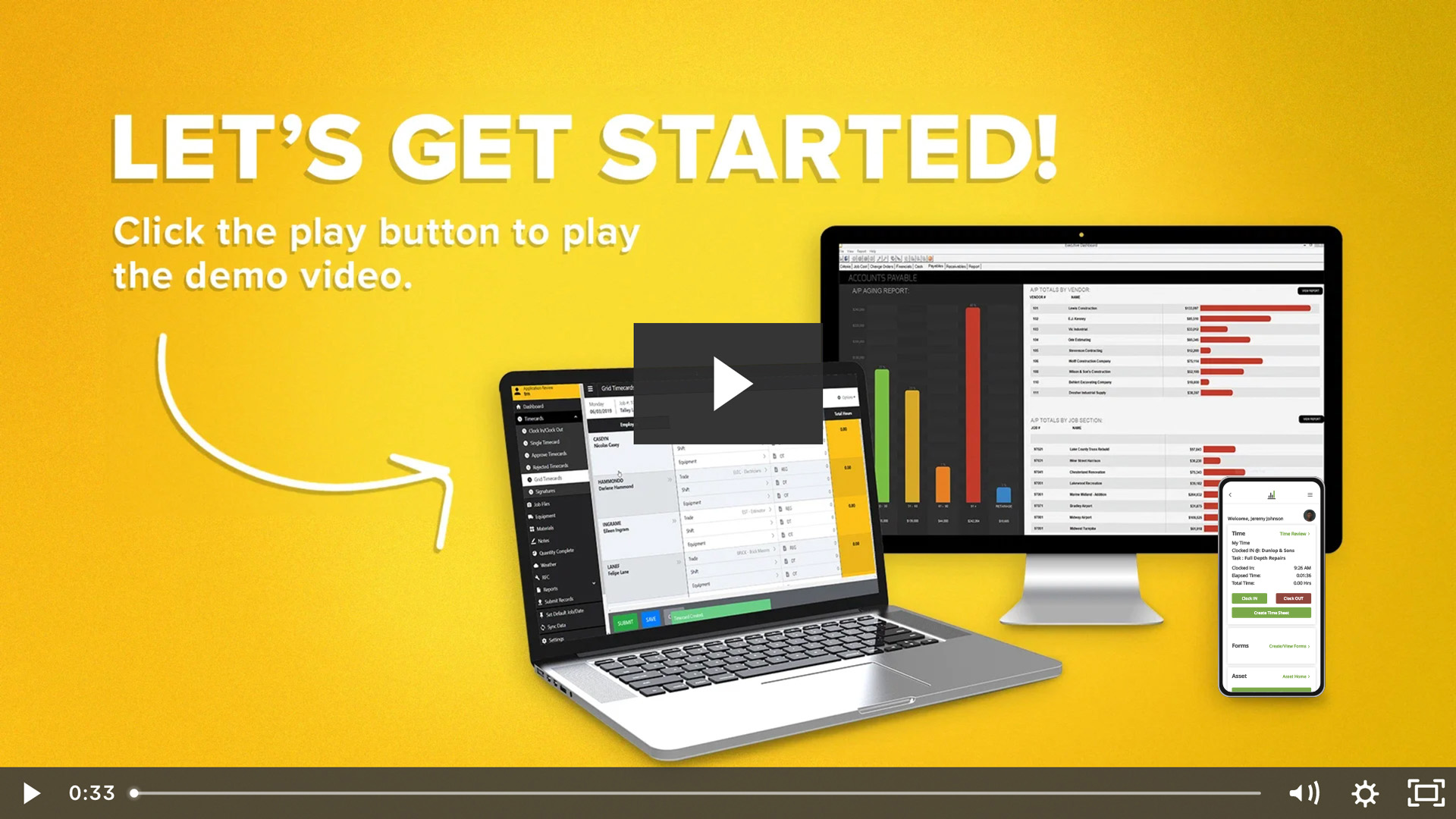
In 2025, the construction industry faces unprecedented hurdles: soaring material prices, a persistent labor shortage and a constantly shifting regulatory landscape.
These challenges demand a refined approach to job costing — the bedrock of any successful construction business.
Underestimating costs, particularly labor which can account for 20-50% of a project’s total according to the U.S. Bureau of Labor Statistics, can lead to devastating budget overruns and jeopardize profit margins.
In this article, let’s explore critical considerations for improving job costing accuracy in 2025.

We’ll also delve into how leveraging powerful construction accounting software can help you navigate these challenges, streamline operations and ultimately, boost your bottom line.
Key Takeaways for Contractors in the Construction Industry:
- Gathering real-time data and implementing regular job costing reviews are crucial for managing project profitability.
- Factoring in inflation, material price volatility and evolving labor costs can help contractors create more realistic budgets.
- Leveraging construction-specific accounting software improves cost tracking, reporting and decision-making.
- Prioritizing detailed record-keeping and leveraging historical data can enhance bid accuracy and future cost estimates.
Tip #1: Embrace Real-Time Cost Tracking
In 2025, staying on top of your costs in real-time is no longer optional — it’s essential. Projects often encounter unforeseen expenses, such as fluctuating materials costs or additional labor needs.
Real-time job cost tracking ensures you’re always aware of where your money is going and can address discrepancies before they impact your bottom line.
Set Up Regular Cost Reviews
Make it a habit to review job costs weekly or bi-weekly. These frequent check-ins keep teams accountable while promptly correcting any billing or payroll discrepancies.
This allows for proactive adjustments to be made quickly, ensuring your projects stay within budget.
Invest in Technology for Updated Data
Innovative technology like construction accounting software provides real-time job cost tracking, allowing contractors to:
- Monitor expenses as they occur
- Compare actual costs against budgeted amounts
- Identify overspending early and make adjustments
A clear, up-to-date view of job costs minimizes surprises and supports better decision-making throughout the entire project lifecycle.
Tip #2: Account for Inflation and Market Volatility
The construction industry is facing continued material cost increases and labor shortages. As a contractor, accounting for these variables in your job costing strategy is critical for profitability in 2025.
Incorporate Inflation Projections
Consult recent industry reports to identify and build inflation trends into your cost estimates.
Include contingency buffers (typically 5-10%) to account for unexpected price fluctuations, ensuring your profit margin is protected even when costs rise unexpectedly on future projects.
Factor in Labor Dynamics
Labor remains one of the most significant cost drivers in construction. When creating accurate estimates:
- Use current wage data, including potential overtime rates
- Adjust for potential hiring challenges in areas with labor shortages
- Consider the cost of training or certification requirements for specialized roles
This will ensure your construction project cost estimates stay accurate, even as the market fluctuates.
Tip #3: Leverage Historical Data
Your previous projects hold a wealth of insights that can improve future job costing. Analyze past performance to refine estimates and identify areas for improvement.
Review Profitability Metrics
Look back at completed projects to compare estimated costs versus actual costs.
Pay close attention to recurring discrepancies, such as underestimated labor hours or missed overhead expenses and adjust your future bids accordingly.
Build a Centralized Database
Using construction accounting software, create a repository of historical construction project data, including:
- Material and labor costs
- Project timelines and delays
- Overhead expenses
This database can serve as a reference for creating more accurate and competitive bids in 2025.
Tip #4: Streamline Overhead Allocation
Construction costs such as equipment maintenance, insurance and administrative expenses, are often overlooked in construction job costing.
However, these costs significantly impact your overall profitability. Contractors need construction job costing software to easily track overhead allocation.
Identify and Track Overhead Costs
Break down overhead costs into specific categories and allocate them proportionally across projects.
Construction accounting software can automate this process, ensuring nothing is missed.
Reevaluate Overhead in the New Year
Take the opportunity to review your overhead expenses for 2025.
Identify areas where you can cut costs without compromising quality, such as renegotiating supplier contracts or improving energy efficiency in your operations.
Tip #5: Prioritize Communication and Collaboration
Accurate job costing requires input from various teams, including project managers, estimators and field staff.
Open communication ensures that all cost elements are accounted for.
Conduct Pre-Job Planning Meetings
Bring your team together before starting an individual project to:
- Review budgets and expectations
- Identify potential risks and mitigation strategies
- Align on project milestones and resource allocation
This will improve team communication on the construction jobsite while keeping project costs low.
Provide Regular Updates
Share job cost sheets and updates with all stakeholders throughout the project. Transparency fosters accountability and helps teams work together to avoid cost overruns.
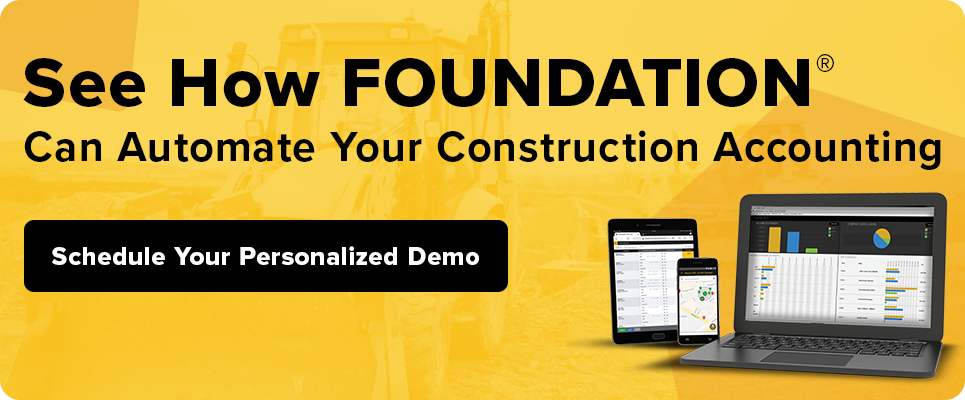
Tip #6: Use Construction Accounting Software
Sophisticated job cost accounting software built for the construction industry is one of the most powerful tools for improving job costing accuracy in 2025.
Solutions like FOUNDATION® offer features designed specifically for contractors, including:
- Job Cost Tracking: Track costs in real-time and ensure they align with project budgets.
- Cash Flow Management: Gain visibility into accounts receivable and payable to avoid cash shortages.
- Integrated Payroll: Simplify payroll processing for union, prevailing wage or multi-state
- Customizable Reporting: Generate detailed job cost reports to analyze project performance and profitability.
By investing in the right construction software, contractors can streamline operations and gain valuable insights to support informed decision-making.
See How FOUNDATION Construction Accounting Software Can Make You Profitable in 2025
Effective job costing is a critical component of running a successful construction company and refining your approach in 2025 can lead to greater profitability and efficiency.
By embracing real-time cost tracking, accounting for market dynamics, leveraging historical data and adopting construction-specific accounting software, contractors can position themselves for success in the year ahead.
Ready to take your job costing process to the next level? FOUNDATION construction accounting software offers the tools you need to enhance accuracy, reduce risk and boost profitability.
Ready to put these job costing tips for 2025 to work for you? Chat with a specialist today to learn more!
Share Article
Keep on current news in the construction industry. Subscribe to free eNews!
Our Top 3 YouTube Videos
Learn about our software more in depth with product overviews, demos, and much more!
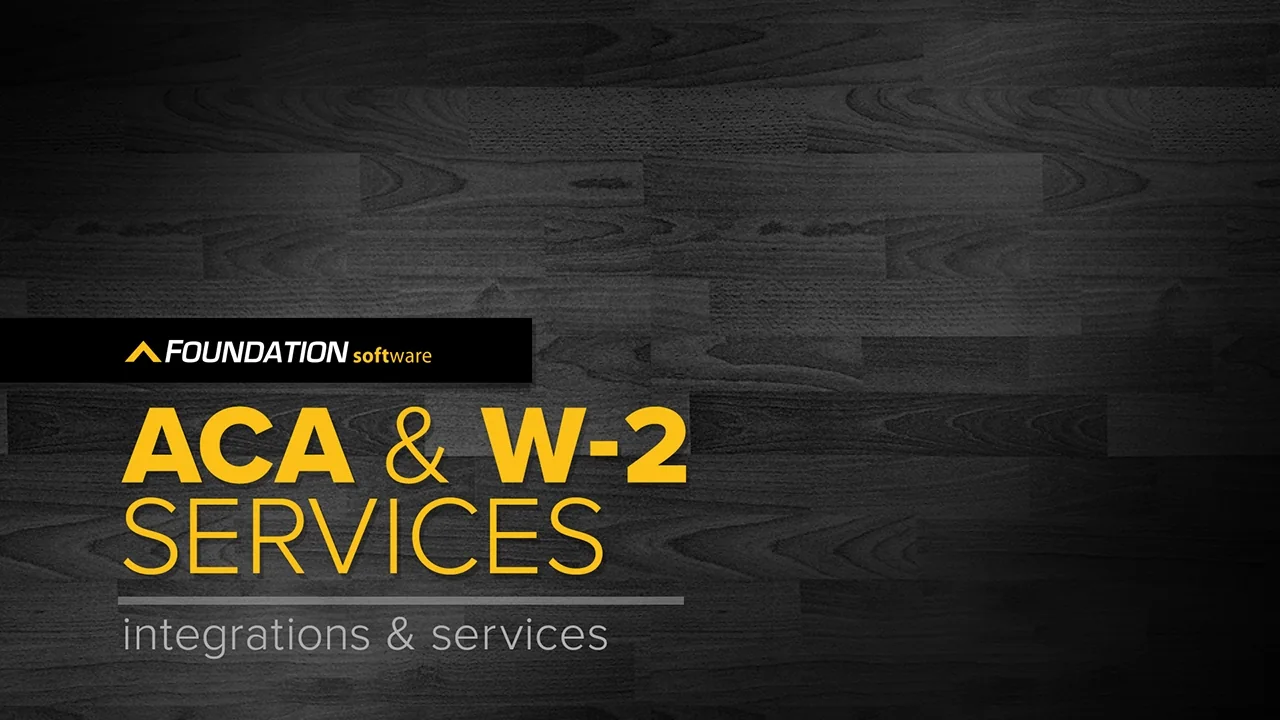
Our ACA reporting & e-filing services include official 1094-C and 1095-C IRS reporting, optional e-filing (no applying for a TCC code required), mailing to your employees and experienced support to help you.
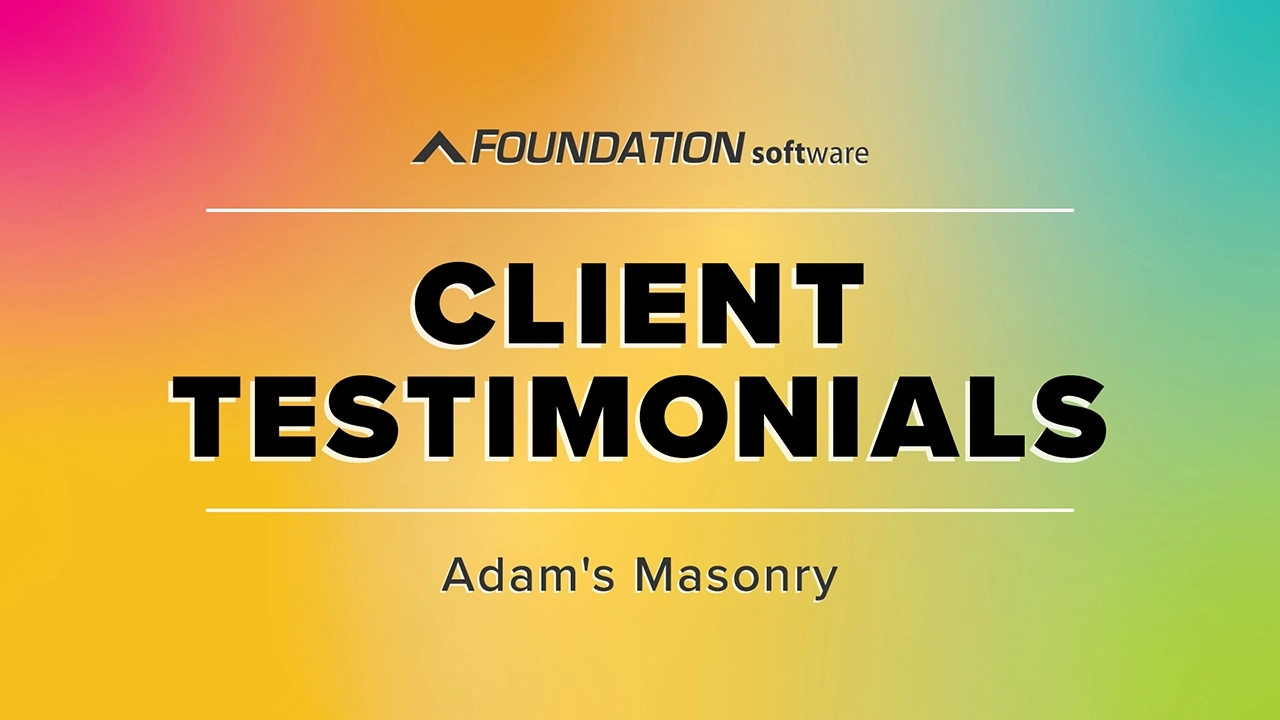
There are plenty of reasons to make FOUNDATION your choice for job cost accounting and construction management software — just ask our clients!
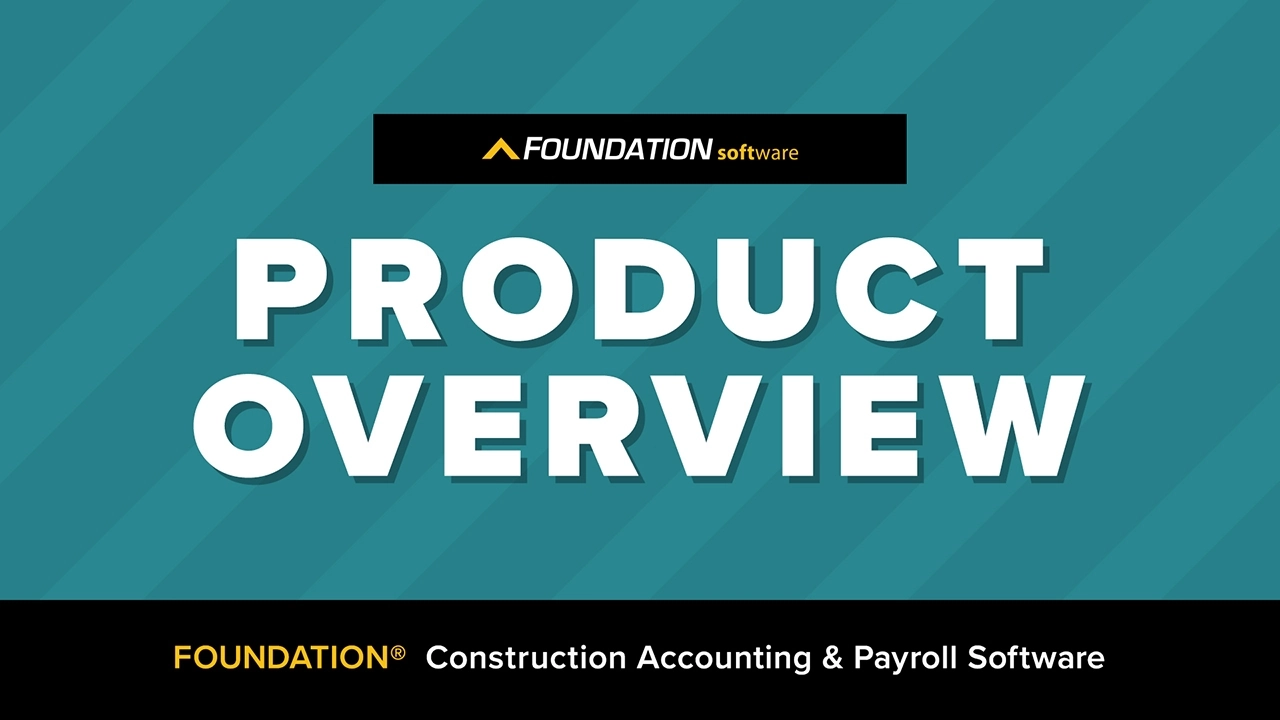
From job cost accounting software, to construction-specific payroll. Get an overview on your next all-in-one back-office solution.




